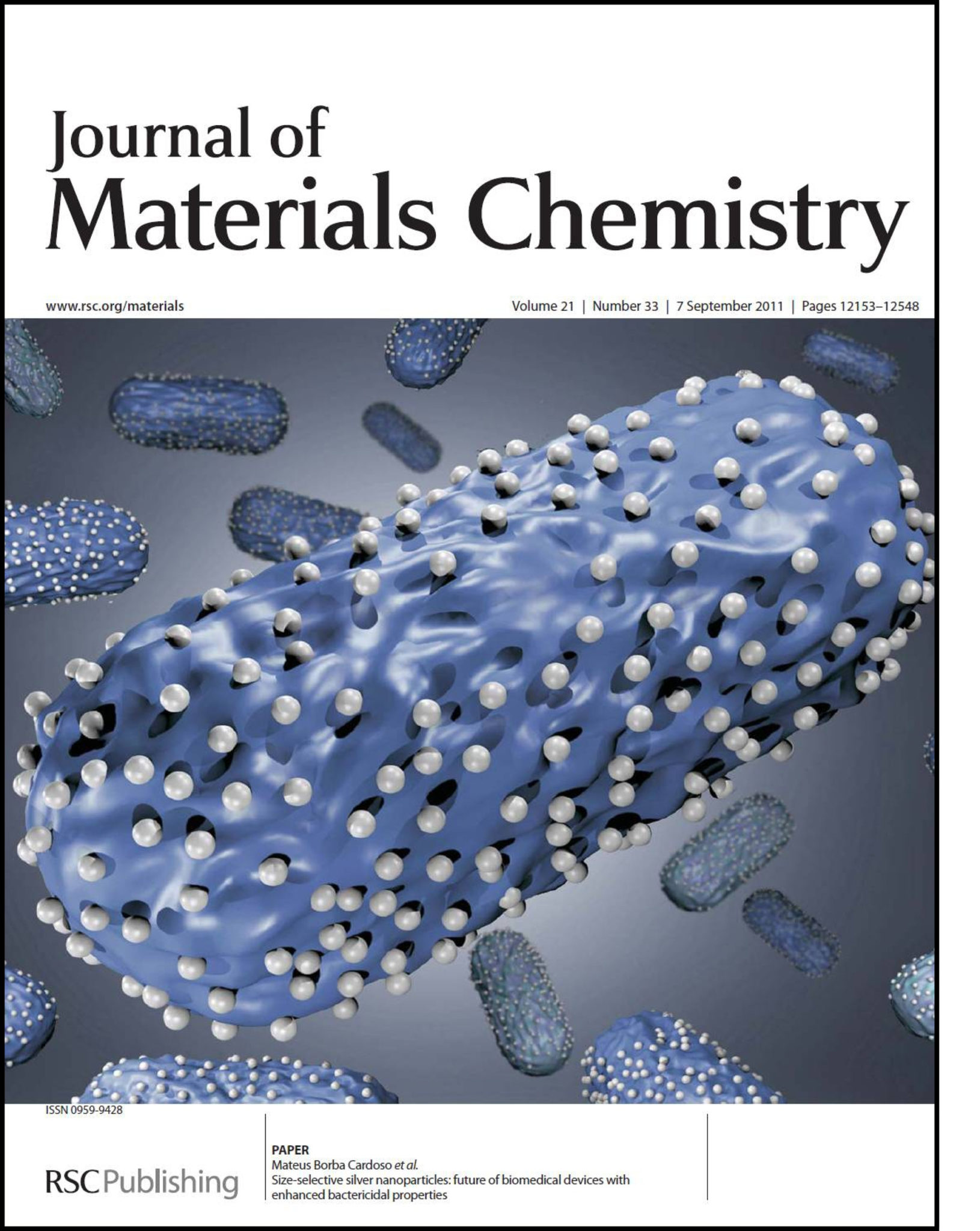Researchers at LNLS selected silver nanoparticles of different sizes and evaluated the effect of these nanoparticles on different bacterial strains.

Silver nanoparticles have an antibacterial effect and therefore have potential biomedical applications. Bacteriological tests have revealed that this effect depends on the size of the nanoparticles and the type of microorganism. The challenge consists in performing selective fractionation to identify the most effective nanoparticles for each type of microorganism.
Using the selective fractionation technique, a group of researchers at Brazil’s National Synchrotron Radiation Laboratory (LNLS) in Campinas were able to select silver nanoparticles of different sizes obtained from the same batch chemical reaction. They then evaluated the effect of these nanoparticles on different bacterial strains: Escherichia coli, Staphylococcus aureus, Staphylococcus epidermis and Micrococcus lysodeikticus. They found that smaller nanoparticles inhibited the growth of these bacteria more effectively than larger ones. The results of this work, “Size-selective silver nanoparticles: future of biomedical devices with enhanced bactericidal properties,” are featured on the cover of issue No. 33 of the Journal of Materials Chemistry.
Several scientific challenges must still be solved before silver nanoparticles can be converted into drugs. “One of these challenges is in their toxicity, since it is necessary to ascertain how these nanoparticles interact with living cells,” explains Mateus Cardoso, a researcher at LNLS and one of the authors of the article. “This task must be undertaken in collaboration with the pharmaceutical industry.”
The positive results of this work have enabled Cardoso’s group to select a new target for research: the HIV virus. It is known that silver nanoparticles of 5 to 15 nm (nanometers) can prevent HIV replication. Selective fractionation of silver nanoparticles may be an effective tool, since it will enable the effect of different silver nanoparticle sizes to be tested and the one considered “optimal” to be selected for AIDS treatment, according to Cardoso. In addition, this research group plans to “functionalize” these nanoparticles and guide them to attach selectively to the glycoprotein GP 120, he explains.
The research at LNLS has also revealed an additional advantage in the use of nanoparticles, which, if associated with commercial antibiotics, may have the potential to form a “super antibiotic” with outstanding antibacterial properties. “They may also form a structure for the coating of surgical material, preventing contamination.”
The silver nanoparticles were synthesized at LNLS’s Laboratory of Chemistry (LQU) and were characterized by small-angle X-ray scattering (SAXS) at LNLS, and by transmission electron microscopy (TEM) at the National Laboratory of Nanotechnology (LNNano). Tests with bacteria were conducted in collaboration with Jörg Kobarg’s group from the DNA microarray laboratory of the National Laboratory of Biosciences (LNBio). These three labs are located on the campus of the National Center for Energy and Materials Research (CNPEM) in Campinas
Source: Virginia Dal Lago, Luciane França de Oliveira, Kaliandra de Almeida Gonçalves, Jörg Kobarg and Mateus Borba Cardoso. Size-selective silver nanoparticles: future of biomedical devices with enhanced bactericidal properties. Journal of Materials Chemistry, 2011, 21, 12267